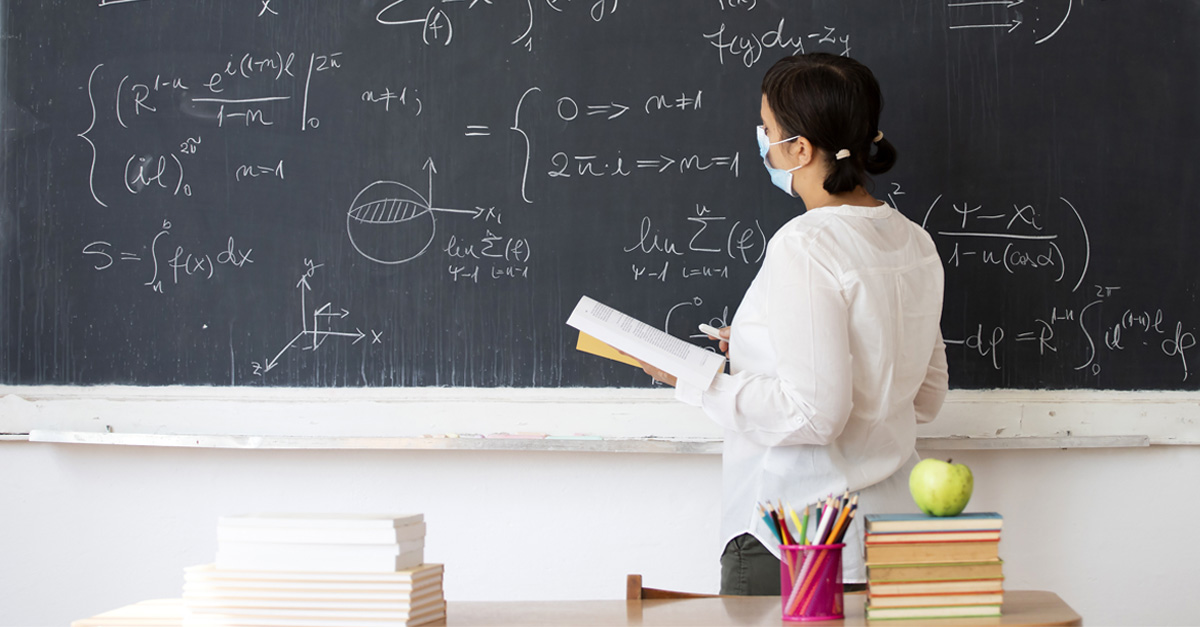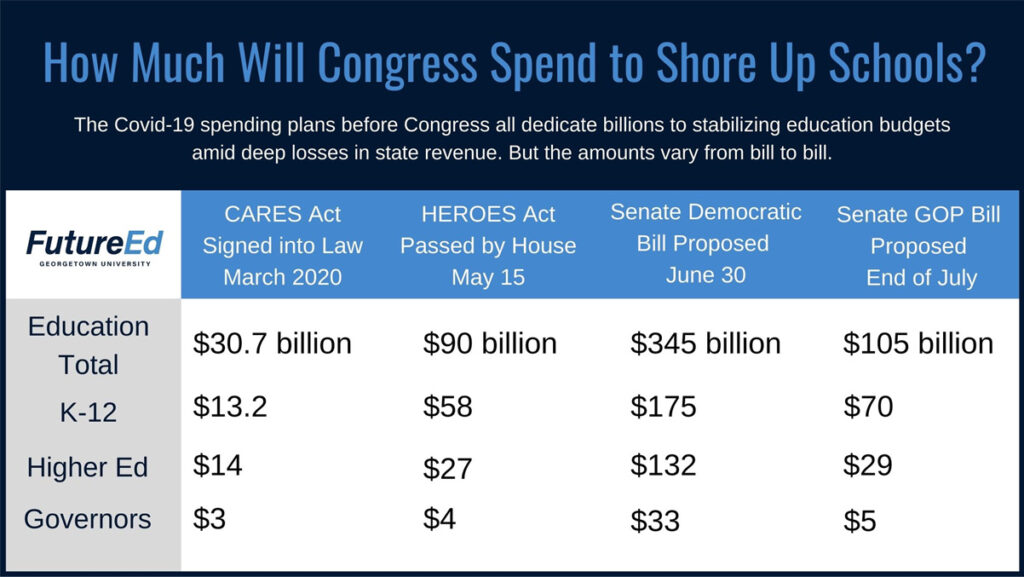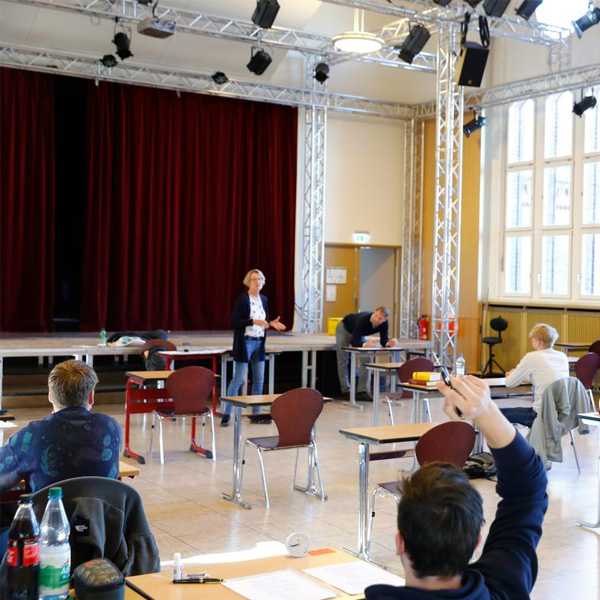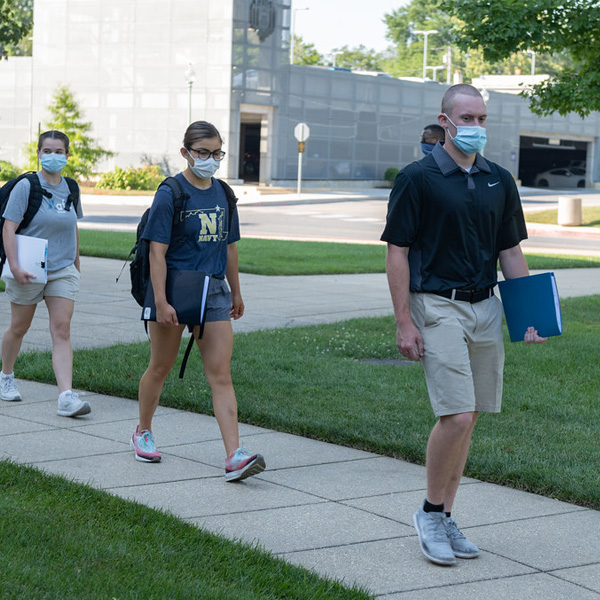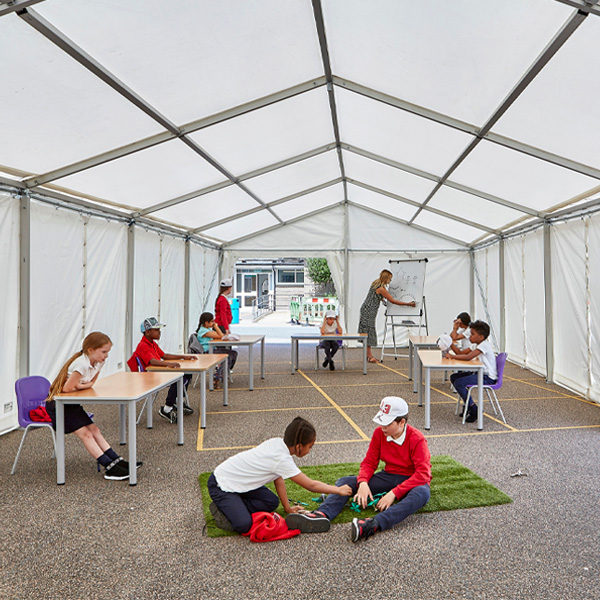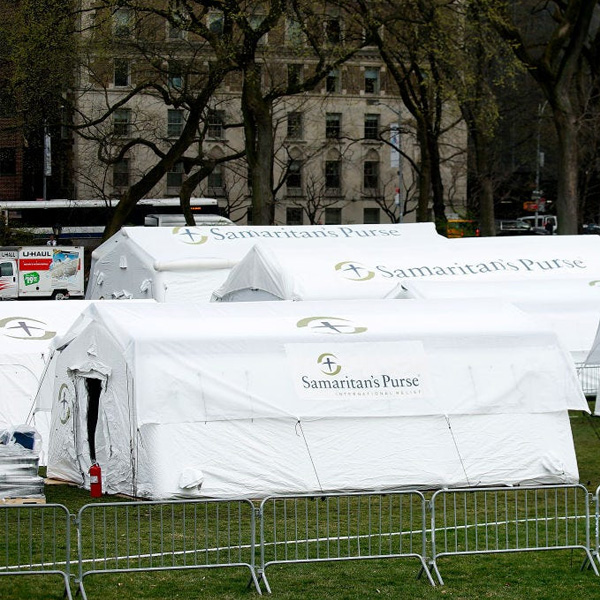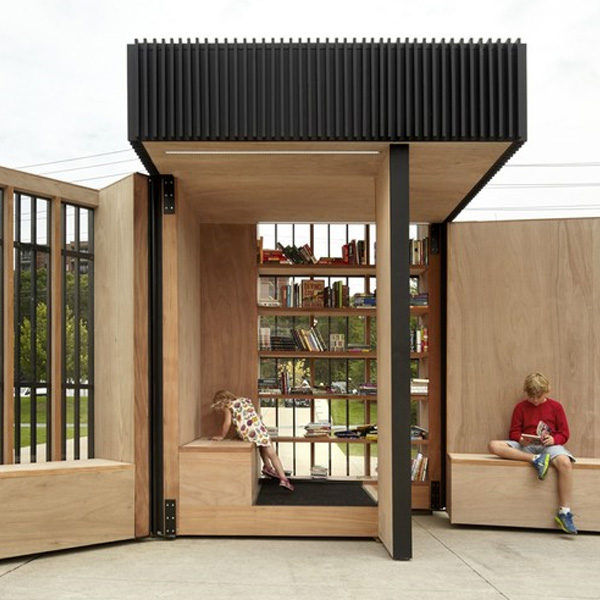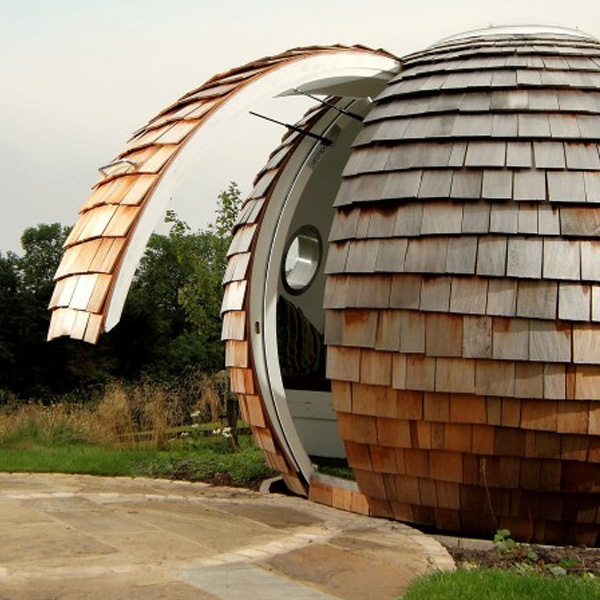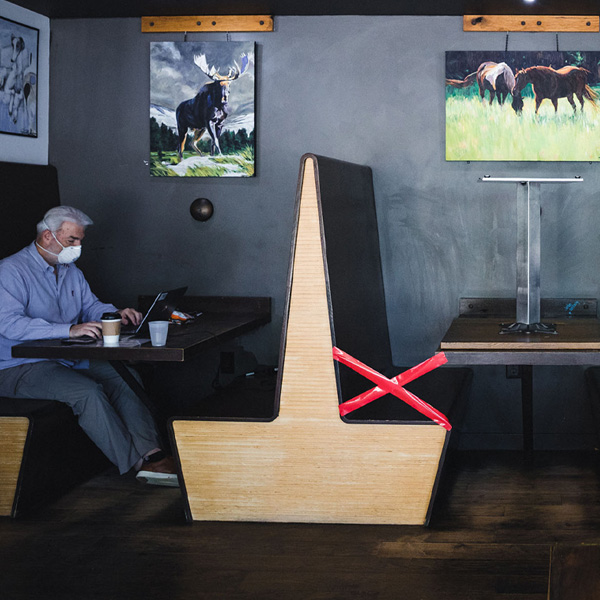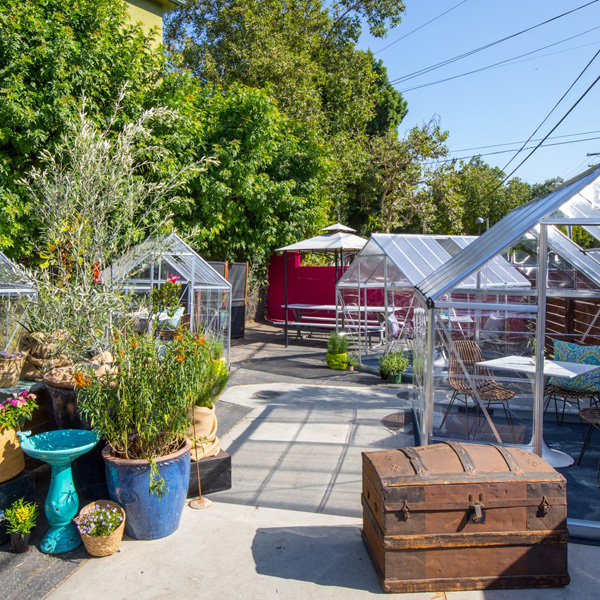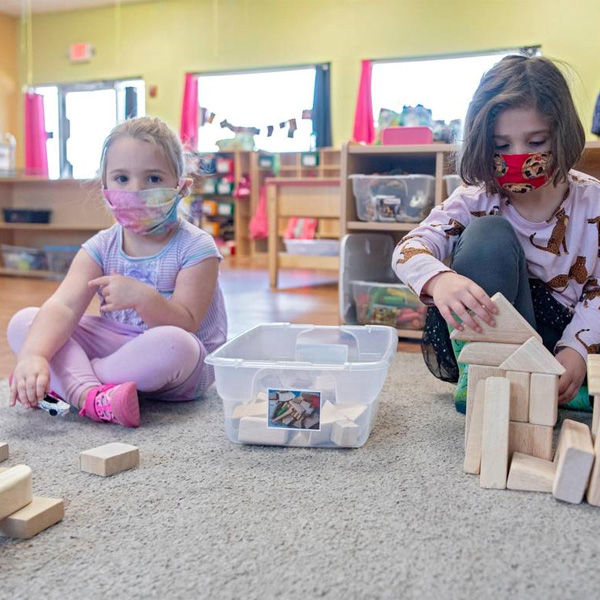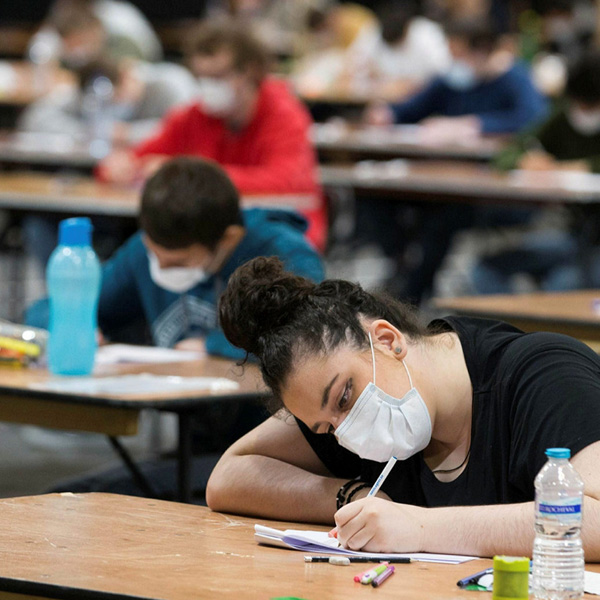In our previous post, I described the idea of using our pre-existing resilience to respond to the radical new situations we’ve experienced this year. I want to apply this concept of resilience front and center to this school year: how do we teach and learn in this new environment?
First, we should recognize that the effort and planning administrators and teaching professionals are putting into this new system is inspiring. Our school systems have taken unprecedented measures to establish a fundamentally new way to approach public education with limited resources and limited time. Remote learning grew as a natural extension of many parents’ Work-From-Home situation and how schools responded to the current climate, we find ourselves in.
Could we have done things differently? Let’s step back and look at the core functions of our school systems. Remember, our schools serve a variety of vital roles in our communities:
- Education: They are the base of structured education for our children.
- Stability: They provide a place for physical and emotional stability for students who might not have that at home. For some at-risk students, it’s the only reliable and safe place they have on a day-to-day basis.
- Security: They are a source of food for those who are food-insecure at home.
- Socialization: They are a source of social interaction for children and an outlet for their creativity and energy.
Of these four functions, Learn-From-Home primarily addresses the role of education. The other aspects, however, are addressed more on an individual level. Each student and their family are adapting how they can to the pandemic, with 73% of parents saying they plan to make major changes to their professional lives to accommodate the lack of childcare… About 15% of those are considering leaving the workforce altogether. (Care.com Survey for 1000 Working Parents)
Parents everywhere are shouldering this burden, and it is affecting working mothers more than anyone. (Coronavirus Child-Care Crisis Will Set Women Back a Generation) & (The Pandemic’s Setbacks for Working Moms)
An ambitious and sweeping approach to address all core functions of schools (and not just education itself) could address several issues we’re currently facing, including the cost to families, the professional impact to parents, and the effects on the economy.
An Alternate Solution: The Learning Pods Marshall Plan
Learning Pods address our school systems’ core functions of education, stability, security, and socialization, but applied to our current situation, this system may also prove useful for families, industries, and the economy at large.
The concept of learning pods combines the limited exposure of informal learning groups with the organized aspect of professional teaching and social interaction in an actual built environment of small temporary structures (pods). Regardless of where they meet, these “pods” are small groups of students (typically three to 10) who meet in-person to learn together outside the classroom. Some of these pods also utilize tutors to assist with learning.
Learning pods could be built within our existing school infrastructure to be freestanding structures built in and around the communities they serve. What I’m about to describe is a conceptual framework to make these pods work in our communities. The framework does not address every concern nor solves every problem, but it may address some of our current challenges with Learning from Home.
Investment
Across the country, billions of dollars are spent by school systems and governments. Not all of this is dedicated to remote learning, but the sheer scale underscores the level of investment that we are clearly willing to accept.
Some of this money could be invested into Pods infrastructure. The investment in this infrastructure could go towards builders and contractors, as well as fabricators and suppliers. There are struggling industries that are more than ready to pivot: for example, a Broadway set production shop that has switched to making face shields, temperature checkers, and possibly even isolation partitions.
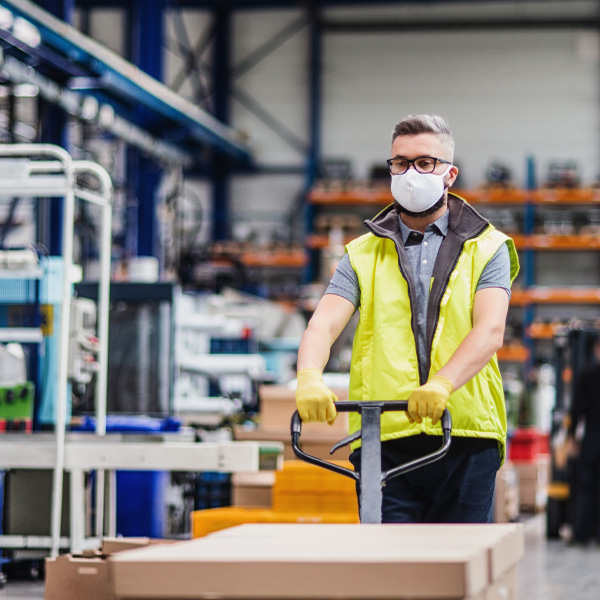

Planning
While our existing infrastructure could only partially accommodate a pods plan, a substantial investment in short-term modifications and temporary structures could provide accessible, public areas for education. Some possible plans for pods include:
- Learning pods built in the cafeteria, the gym, the auditorium.
- Temporary structures laid out elsewhere on school grounds, such as parking lots or turf fields.
- Temporary structures laid out on public property: parks, basketball courts, city stadiums.
- Distributed network of learning pods would be more local. Instead of centralized large facilities, the pods would be located within or adjacent to each community.
- Community-based facilities as a source of stability, security, and (limited) social outlet for students.
With proper planning, these facilities could be laid out to provide healthy and distanced access for all the students and their teachers.
Design
While design would not be a primary concern for a massive operation like this, we should never underestimate the talent and imagination of the people in our communities. There are many architects, interior designers, landscape architects, and others who would be eager to turn their skills and vision toward transforming the idea of a learning pod into practical, efficient, and elegant solutions.
Of course, technical issues would need to be resolved with many of these ideas, in particular climate control and bad weather. But these are all solvable considerations with proper design and investment.
Execution
We know how to build partitions, pods, and temporary structures. While it wouldn’t have been simple or easy, the use of learning pods early on could have helped alleviate some of the issues parents and students face trying to learn at home successfully. As our national crisis continues, learning pods could provide our children with a sense of normalcy and academic safety.
Occupancy
In the end, the success of this endeavor would be made or broken by the occupants’ behavior. The keys to successful occupancy would be simplicity and vigilance.
All of our best-laid plans might go awry if we are not vigilant. It would take careful attention to avoid “scope creep” or loss of focus. We have to avoid the temptation to make the classes “a little bit bigger” or let social distancing slip. A plan like this could be a huge benefit to all of the students involved, but it’s not a panacea.
We are seeing different versions of what I have described above already in our communities. Some people are dropping kids off with neighbors or relatives, hiring teachers and tutors to direct their informal, small groups of children learning together, taking time off, and generally trying to figure out how to make this work. A comprehensive, systematic approach to public learning pods, through planning, investment and funding, design, execution, and occupancy, could help to strengthen our educational efforts during the pandemic and introduce new ways to learn once our “normal” returns.
